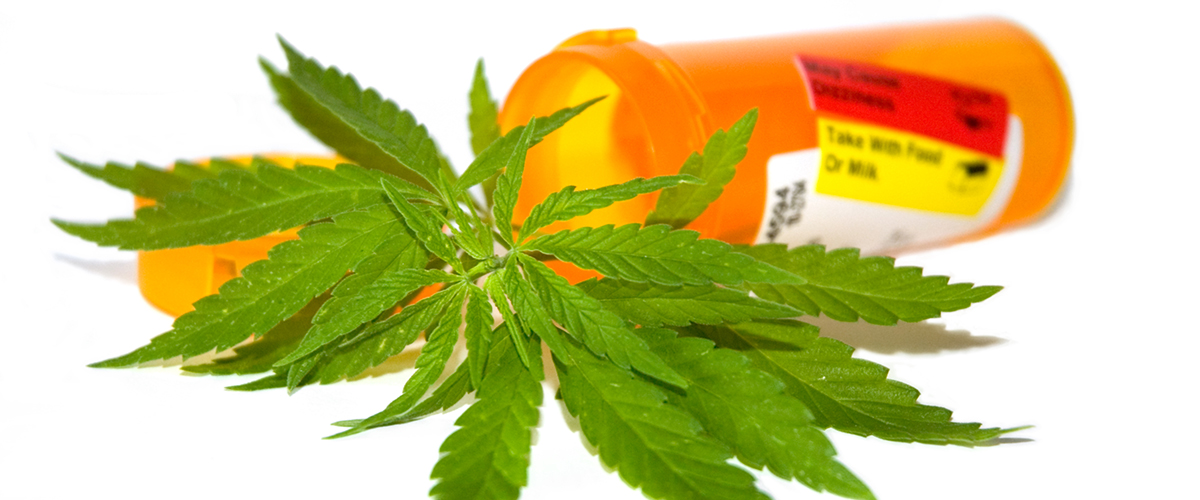Having legal access to medical marijuana, more than two-thirds of chronic pain patients substituted cannabis for prescription opioids.
A new study published in The Journal of Headache and Pain adds to a growing body of evidence showing that marijuana can serve as an alternative to prescription opioids for treating pain. Of patients diagnosed with chronic pain and having legal access to medical marijuana, 73 percent substituted cannabis in place of prescribed opioids.
For the study, researchers from the United States and Canada assessed the use of medical marijuana and prescription drugs in more than 2,000 patients in Canada diagnosed with pain-related conditions, including chronic pain, migraine, headache, and arthritis.
Medical marijuana has been legal in Canada since 2001, but the country revamped its medical marijuana program in 2016 to make it more easily accessible. Under Canada’s Access to Cannabis for Medical Purposes Regulations law, medical marijuana is available to patients 18 years and older with a prescription from a licensed medical care provider.
The new study found that the participating medical marijuana patients in Canada were using cannabis to treat 21 different illnesses.
Pain syndromes accounted for 42.4 percent overall. Of patients specifically diagnosed with headache or migraine, marijuana was frequently used as a substitute for traditional prescription medications – including opioids (43 percent), antidepressants (39 percent), nonsteroidal anti-inflammatory drugs (21 percent), triptan drugs (8 percent), and anticonvulsants (8 percent).
“Most patients in the pain groups reported replacing prescription medications with medicinal cannabis, the most common of which were opiates/opioids across all patient groups,” the study concluded.
“This is notable given the well-described ‘opioid-sparing effect’ of cannabinoids and growing abundance of literature suggesting that cannabis may help in weaning from these medications and perhaps providing a means of combating the opioid epidemic.”
Full text of the new study, “Patterns of medicinal cannabis use, strain analysis, and substitution effect among patients with migraine, headache, arthritis, and chronic pain in a medicinal cannabis cohort,” is available to access through Springer Open.

Consistent Findings
The findings in The Journal of Headache and Pain study are consistent with those of numerous others showing that patients with legal access to marijuana are able to significantly reduce or eliminate their use of opioid and other prescription drugs.
Earlier this year, two studies investigating the impact of legal marijuana on opioids found that legalizing marijuana led to a reduction in the number of opioid prescriptions. A separate conducted study last year found that 40 percent of Canadian patients prescribed medical cannabis for the treatment of pain and anxiety were able to eliminate the use of their traditional prescription drug within 90 days.
Researchers have also found that more individuals are using cannabis as a substitute for prescription drugs to treat pain, anxiety, and depression, regardless of whether they are registered medical marijuana users.
You can learn more about how medical marijuana compares to prescription medications HERE.
More Cannabis Research
Learn more about what research has so far discovered about the therapeutic potential of cannabis through our research and education page. Keep up with the latest cannabis-related studies by regularly visiting our news page.






